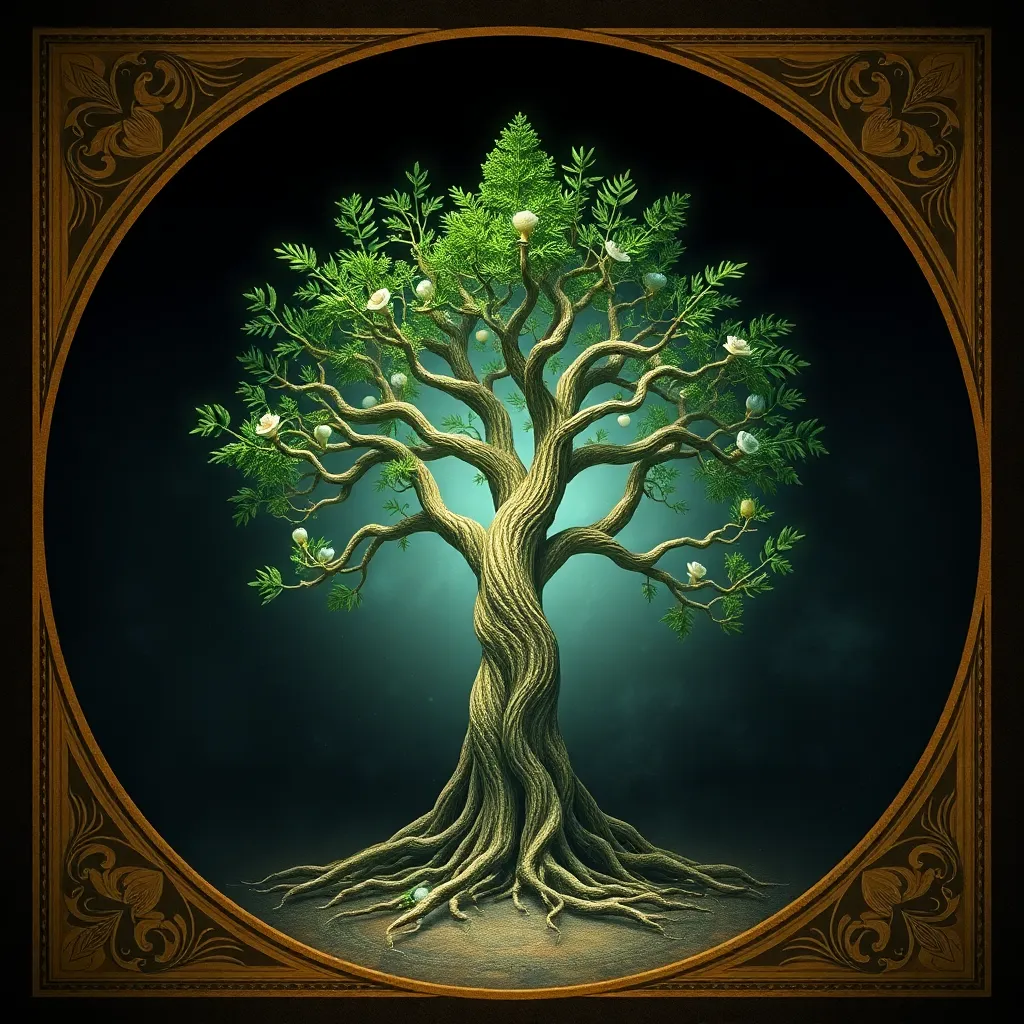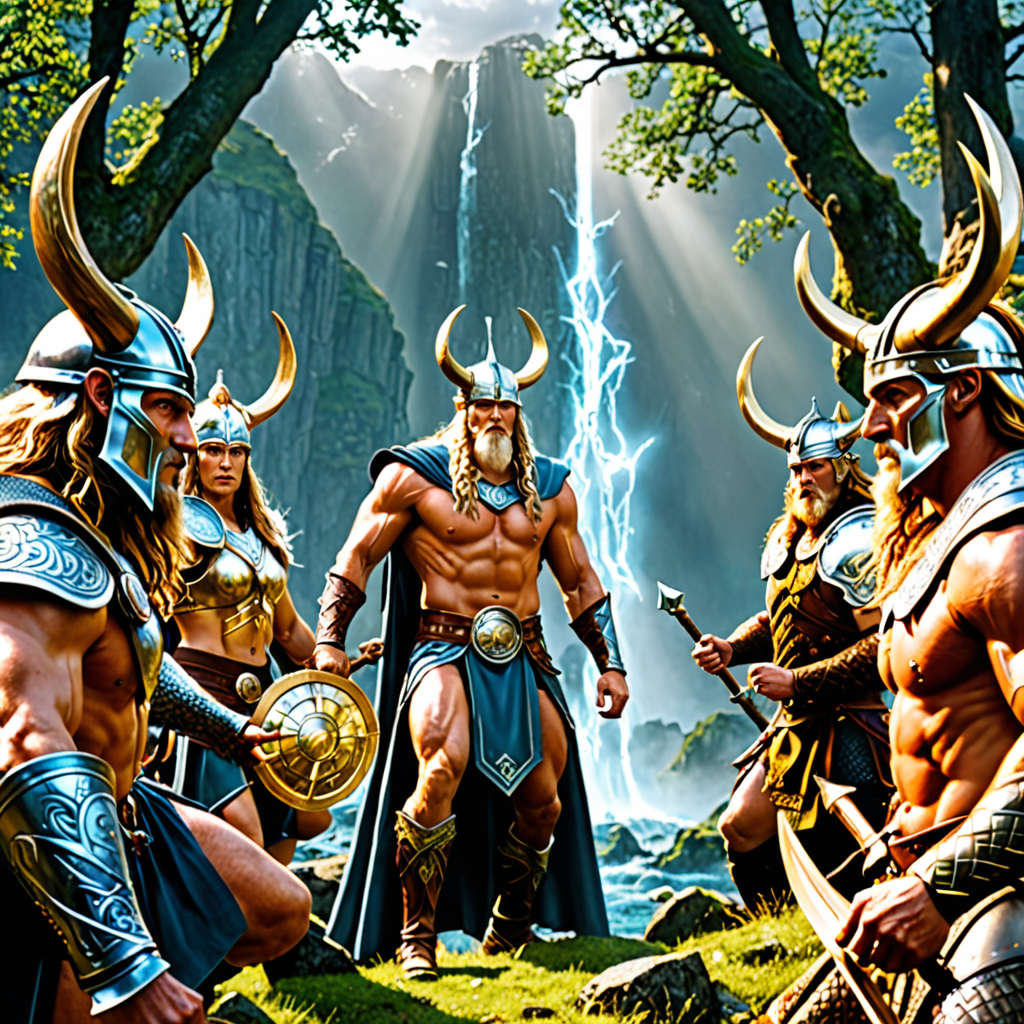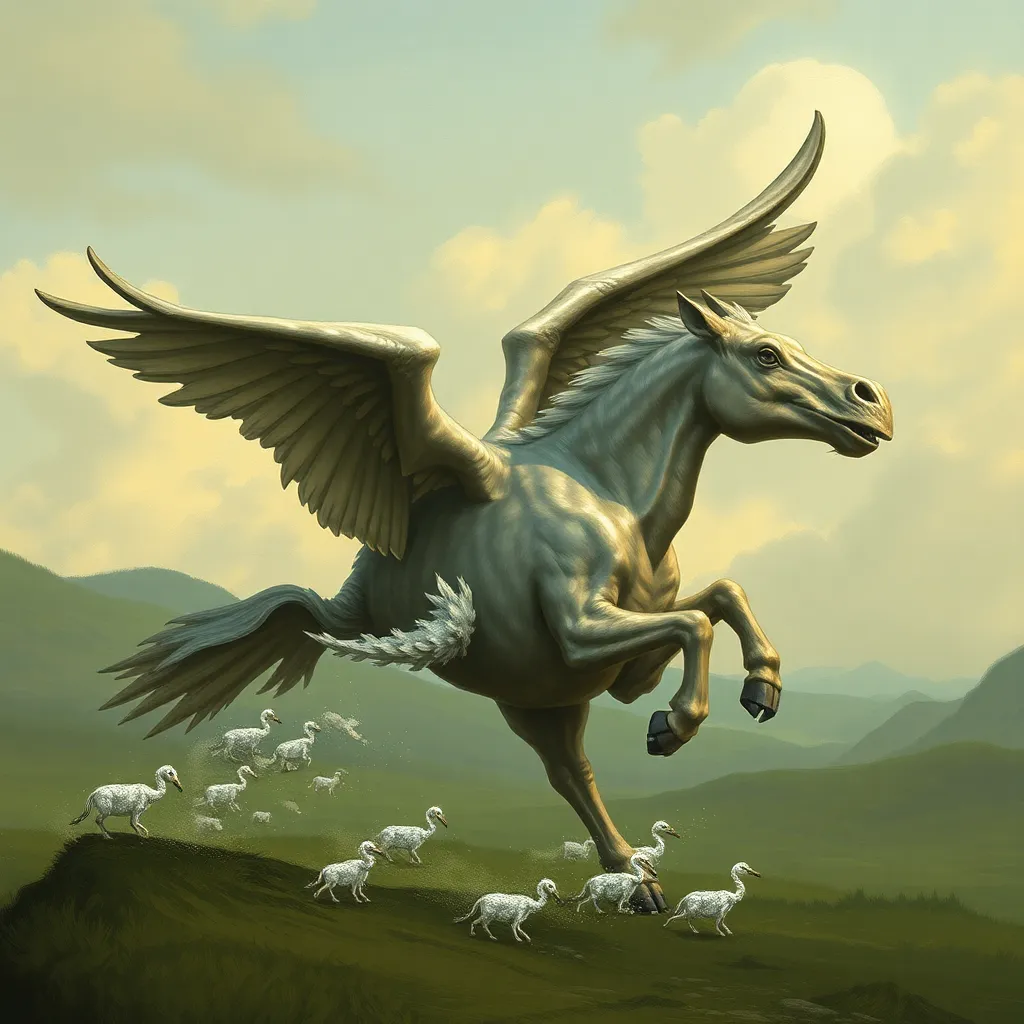The World Tree in Yoga and Spirituality: The Tree’s Symbolism in Ancient Practices
I. Introduction
The concept of the World Tree is a profound symbol that resonates across various cultures and spiritual practices. It represents the interconnectedness of all life, the cyclical nature of existence, and the unity of the cosmos. In yoga and spirituality, symbolism plays a vital role in conveying deeper meanings and fostering spiritual growth.
This article explores the significance of the World Tree in ancient practices, focusing on its representation in Hinduism, Buddhism, Native American spirituality, Western esotericism, and contemporary yoga. By examining these traditions, we can appreciate the timeless wisdom and interconnectedness that the World Tree embodies.
II. The Concept of the World Tree
The World Tree is often depicted as a colossal tree that connects the heavens, earth, and underworld. It serves as a bridge between different realms of existence. Its characteristics generally include:
- A vast trunk representing strength and stability.
- Branches reaching outwards, symbolizing growth and expansion.
- Roots that delve deep into the earth, representing grounding and nourishment.
Cultural variations of the World Tree can be found in numerous traditions:
- In Norse mythology, Yggdrasil connects the nine worlds.
- In Mesoamerican cultures, the Ceiba tree holds spiritual significance.
- In Hinduism, the Ashvattha tree is revered as sacred.
The World Tree symbolizes interconnectedness, emphasizing that all beings and elements are part of a larger whole, reflecting the unity of existence.
III. The World Tree in Hinduism
In Hinduism, the World Tree is prominently represented in the Vedic texts and Upanishads. The Ashvattha, or Sacred Fig, is particularly significant, often associated with divinity and enlightenment.
The symbolism of the Ashvattha in yoga practices includes:
- Its ability to provide shelter and support, akin to the guidance of a guru.
- Its deep roots, symbolizing connection to the earth and heritage.
- The expansive branches, representing the infinite nature of the soul.
The World Tree also relates to the chakra system, with each energy center symbolizing different aspects of human experience, connecting the physical body with spiritual realms.
IV. The World Tree in Buddhism
The Bodhi Tree, under which Siddhartha Gautama attained enlightenment, is a central symbol in Buddhism. This tree represents the pursuit of knowledge, wisdom, and the awakening of the self.
In Buddhist meditation and teachings, the tree symbolizes:
- The potential for all beings to attain enlightenment.
- The nurturing presence of nature in spiritual practice.
- The importance of mindfulness and rootedness in the present moment.
The concept of the World Tree in Buddhism reinforces the idea of interconnectedness, emphasizing that all beings are linked through the shared experience of suffering and joy.
V. The World Tree in Native Spiritualities
In many Indigenous cosmologies, the World Tree plays a crucial role in understanding the universe. It is often seen as a sacred entity that connects the sky, earth, and underworld.
Symbolism of the World Tree in rituals and ceremonies includes:
- As a center of the universe, representing balance and harmony.
- As a source of life and sustenance, embodying the spirit of nature.
- As a symbol of community and connection among people.
The relationship between the World Tree and nature in Native beliefs highlights the respect for the environment and the understanding that humans are an integral part of the ecosystem.
VI. The World Tree in Western Esotericism
In ancient Greek and Roman philosophy, the World Tree is often referenced in metaphysical texts, symbolizing the connection between the divine and earthly realms.
Additionally, the World Tree features prominently in alchemical and Kabbalistic traditions, where it represents the process of transformation and the quest for spiritual enlightenment.
Modern interpretations of the World Tree continue to draw from these ancient sources, influencing contemporary practices such as:
- Spirituality and personal development.
- Gardening and connecting with nature.
- Art and literature that explore themes of growth and interconnectedness.
VII. The World Tree in Contemporary Yoga Practices
In modern yoga, the symbolism of the World Tree is increasingly incorporated into practices aimed at fostering spiritual growth and connection. Techniques for connecting with the World Tree include:
- Visualization practices that encourage participants to imagine themselves as part of a vast tree.
- Grounding exercises that emphasize the importance of roots and stability.
- Mindfulness practices that focus on the interconnectedness of all beings.
Personal stories and testimonials from practitioners often highlight transformations experienced through these practices, underscoring the relevance of the World Tree in personal spiritual journeys.
VIII. Conclusion
The significance of the World Tree transcends cultural boundaries, representing a universal symbol of life, growth, and interconnectedness. As we explore the various interpretations of the World Tree across traditions, we are reminded of the importance of unity in diversity.
Individuals are encouraged to delve into the symbolism of the World Tree in their personal spiritual journeys, as it offers profound insights into the interconnected nature of existence. In today’s world, where division and separation can be prevalent, the World Tree serves as a powerful reminder of our shared roots and common goals.
Ultimately, the World Tree invites us to reflect on our place within the universe and encourages us to nurture the connections that bind us together.




